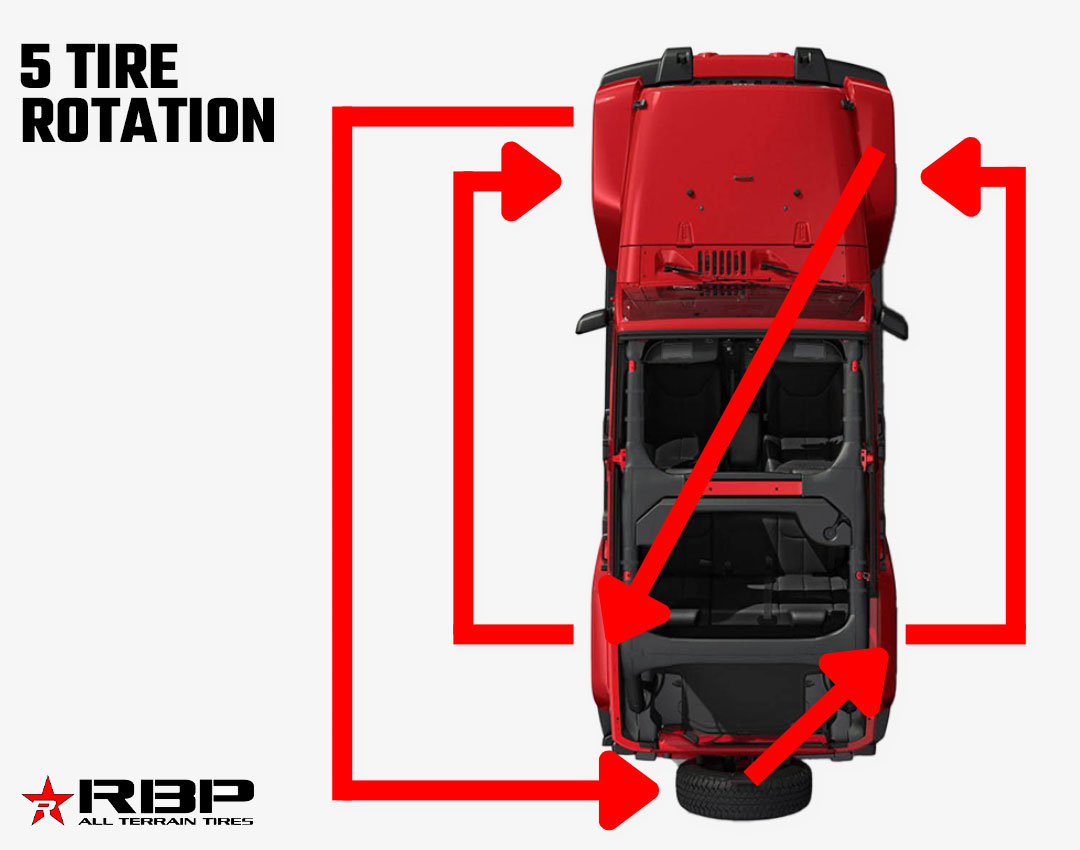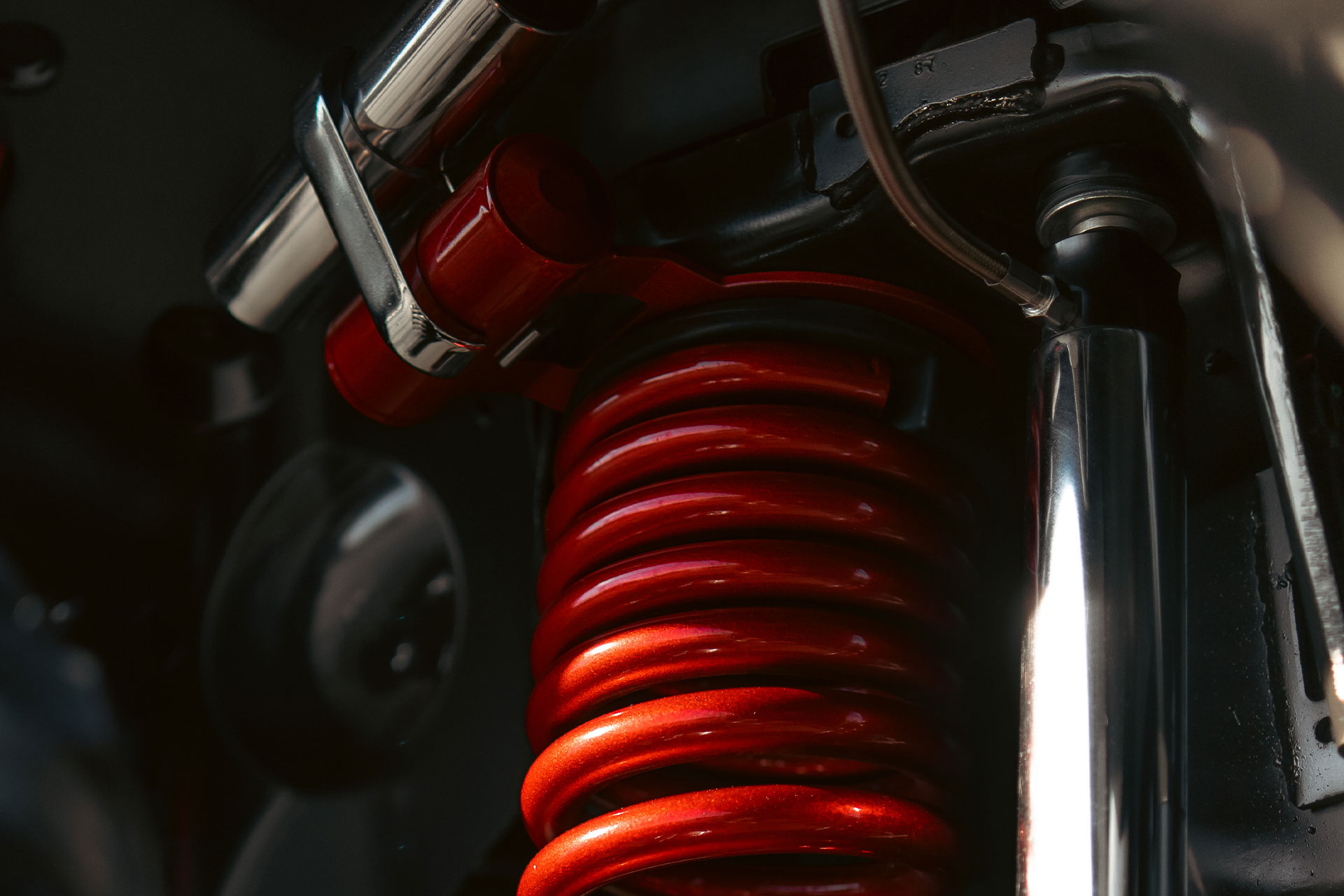Tires play a pivotal role on every vehicle, regardless of size. But just like many other vehicle components, they are considered a wear and tear item. Granted, some components last longer than others, but tires will eventually need to be replaced at some point in the vehicle’s lifetime. Generally, most drivers are well-aware of the plethora of maintenance techniques for tire longevity. But can the same be said about off-road vehicles equipped with mud tires? Off-road vehicles are designed to travel on rough and rugged terrain, so many aspects of an off-road tire are different, including the maintenance they require. In this article, we’ll take an in-depth look into some of the most important steps on off-road tire maintenance so you can get the most out of them.
The first step is to select the right set of mud tires, before they are even installed on your rig. Whether you have a 1-ton pickup truck for work, a fully built Bronco on 40-inch mud-terrain tires, or a daily-driver pickup truck on all-terrain tires, selecting the right set of tires for your vehicle is an important step to making sure you get the most life out of them. Nearly every vehicle has a sticker on the driver side door jamb that specifies gross vehicle weight rating, recommended tire size, and recommended inflation pressure. In normal situations, using the manufacturer’s recommendations to find the right tires is safe to do. On the flip side, vehicles modified for off-road use cannot. Typically, a modified off-road vehicle uses a suspension lift and over-sized tires, which adds a significant amount of weight to the vehicle.
To learn more about choosing the right set of tires, click here. To dive deeper into why we don’t recommend following the manufacturer’s suggestions for a modified off-road truck, check out this guide that goes into detail about sizing, load rating, and more.
By now everyone should be aware of regular tire rotation. How often to rotate heavily depends on how the vehicle is driven and for how many miles. Vehicles have different drivetrains, such as front wheel drive, rear wheel drive and all wheel drive. Additionally, weight is distributed differently over the front and rear axles of the vehicle, which leads to uneven wear between the front and rear tires. This is why tire rotation is recommended and why it helps improve a tires lifespan. This logic also applies to off-road trucks. But what if your rig runs a full-size fifth wheel? What do you do with it? Contrary to popular belief, it’s not just for show.
Most off-road vehicles have either a part-time 4WD or full-time 4WD drivetrain that requires identical tire sizes on each corner. Typically, these types of tires are non-directional, meaning they were specifically designed to be rotated in either direction. This allows you to rotate side to side and front to back without issues, otherwise known as “cross-rotation”. That said, throwing a fifth wheel into the mix changes the rotation pattern drastically.
As the graphic below shows, rotating tires on a vehicle with a full-size spare is a little more complex. When rotating in a fifth tire, move the spare to the passenger side rear, then move the passenger side rear to the passenger side front. Move the passenger side front to the driver’s side rear, and move the driver’s side rear to the driver’s side front. Finally, the driver’s side front tire rotates into the fifth wheel location. This is referred to as the “clockwise five-tire rotation”, and is recommended by manufacturers that provide a full-size spare tire from the factory.

Everyone knows how important it is to have the right amount of air in their tires. Not only is it a safety measure, but it has a significant impact on fuel economy, performance, and longevity. However, vehicles that see off-road use regularly benefit greatly with reduced air pressure.
When air pressure (PSI) is reduced in a mud tire, you gain an increased contact patch with the surface or road you’re driving on. A larger contact patch means more traction, which in turn helps you drive over obstacles such as rocks. But the question now is; does reducing air pressure in mud tires positively or negatively affect the tires lifespan?
While driving in extreme off-road conditions, your tires are much more susceptible to losing traction. This is due to the loose gravel, sand, rocks, dirt, mud, or even snow. By reducing the air pressure in mud tires, you can keep slippage to a minimum while increasing overall traction and contact with the surface below.
That said, airing down your tires while driving off-road will increase its lifespan. Why? Because it enables the tire to become much more flexible to the surface it’s driving over. While driving over rough terrain, tires at full pressure are more likely to experience tread wear as the tires are trying to keep their shape due to all the air. So, airing down your tires in off-road driving conditions will help keep the tires tread blocks healthy, thus increasing the lifespan of the tire.
Often overlooked, is the suspension components. One of the quickest ways for an off-road tire to go bad or become unusable before its tread fully wears down is “cupping”. A cupped tire has peaks and valleys along the tread and can be felt by running your hands across the tread in the direction in which the tire rotates. Cupping is usually caused by faulty shocks. Because off-road trucks go through beyond normal suspension abuse, the likelihood of the shocks needing to be replaced. But what do shocks have to do with cupped tires?
Other than offering a smooth ride, shocks absorb the shock your tires are subject to while driving. If the shocks aren’t doing their job of controlling the impacts from the road surfaces, then all of that shock is passing through to the shock springs, coil springs, coilovers, etc.
Unlike shocks, springs have the opposite reaction. When driving down rough roads with bad shocks, the springs are constantly compressing and expanding, producing a bouncing effect on the axles, wheels, and tires. Because the tires are the only component that actually make contact with the surface, this bouncing effect creates uneven wear along the tread, which over time creates those peaks and valleys mentioned earlier. Thus; cupping. Cupped tires produce a bumpy and unpleasant ride, which can be dangerous if not taken care of immediately.

Similarly to the suspension components, ensuring your vehicle’s alignment is correct is essential. In almost every situation where the suspension, wheels, or tires are being modified, an alignment is required. Lifting a vehicle will always change the alignment of the vehicle, which in turn negatively affects tire life.
It’s also important to note that not all alignments are equal. If a suspension lift is installed along with bigger tires and wider wheels, there’s a strong possibility that factory alignment specifications will no longer apply. Factory alignment specs are recommended for factory suspension, wheel and tire setups. A professional alignment tech will know how to properly align your rig, so be sure to find a reputable shop.
Related: Off-Road Trck & 4×4 Wheel Alignment
Finally, the last tip is proper tire storage. Whether you have a dedicated off-road rig or like to keep a spare set of tires in the garage, storing them correctly can extend their lifespan significantly. Like most rubber compounds, tires are susceptible to oxidation, otherwise referred to as dry-rotting. Eventually, all tires will oxidize and become hard and dry, leading to cracks in the rubber deemed totally unsafe for road use. The dry-rotting process is sped up by improper storage and leaving tires exposed to the elements.
Storing loose tires in a garage or shed will help slow the oxidation process down. If the tires are already mounted to the vehicle, and you’re unable to park the vehicle inside, it may be a wise choice to use tire covers. When you’re ready to hit the trails, simply pull off the tire covers and you’re good to go.
There you have it! Hopefully this article helps you get the most out of your mud tires. When the time comes to replace your tires, check out the Repulsor M/T, Repulsor M/T RX, Repulsor R/T, and Repulsor M/T3 for a great tire that provides the required traction when adventuring off the beaten path.